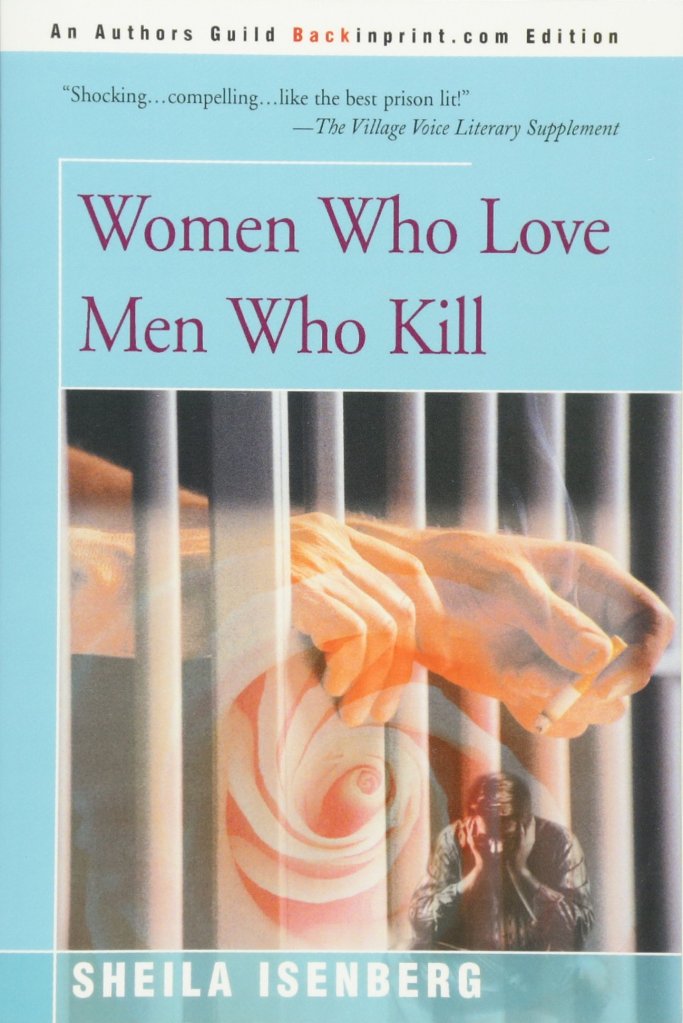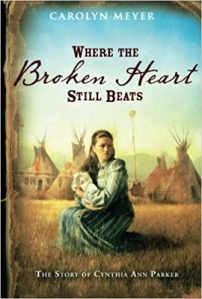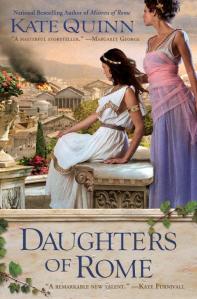Tags
The next book which caught my attention was “The Babysitter: My Summers with a Serial Killer” by Liza Rodman and Jennifer Jordan. The book is not a typical true crime book and it’s not devoted entirely to the details of murders made by the infamous Tony Costa. Actually, it’s two books in one – the first part of it is about the murderer and obviously, it’s written by Jennifer Jordan; the second part is childhood recollections of Liza Rodman who was a girl somewhat associated with Tony though not a close friend.

The book has controversial reviews and many comment on the fact that two parts do not match, or Liza talks too much about her childhood troubles and is not fair towards her Mom, or that Liza’s part is quite boring in comparison to the part about Tony’s bizarre behaviour. I partly supported this opinion as well, but when I was nearing the end, the real sense that might be put in the book by the authors, dawned on me, and the plot was crystal clear. I think Tony was quite an “ideal man” for “little Liza” – she liked him and his mother Cecelia in contrast with her strict and demanding mother who always punished her. Possibly it’s one of the reasons that Tony’s crimes were concealed from Liza by her mother and their friends; and when Liza started to re-evaluate her childhood, she recognized the “hero of her childhood” as “Cape Cod cannibal“. The contrast of Liza’s troubled childhood with mostly imaginary or minor dangers (yes, her Mom did not love her, but it’s better than to have strange visions, marry a minor and practice drug abuse) and the real life of an accurate, polite and city-smart “Tony” is really dazzling. Another good detail saved till the end is the real fate of three women whose paths crossed with Tony’s: Diane Federoff, Bonnie Williams, Barbara Spaulding. All of them were found alive later and had children of their own. The book is worth reading if you are patient enough to wait until the end (where the grim detail about Tony’s mother Cecelia is also discovered). The book is full of compassion towards Tony’s victims: Christine Gallant, Sydney Monson, Susan Perry, Patricia Walsh, and Mary Anne Wysocki. They did not deserve such early and awful deaths.
As for me, I found the language of this book quite challending for a non-English reader; it contained many words I do not spot in other books. And until the end when I was hooked with the real sense of comparing Liza’s and Tony’s lives, the part connected to Tony’s mother, and the life of three “missing” women, I read it as a story of the 60’s. I was born in 1970’s and know that outside of the big cities, life in Russia in 1960’s did not much differ from 1950’s. The real outburst of freedom in our country happened in 1990’s when the country opened to foreign guests, free market, democracy, freedom of speech, religion, New Age, sex revolution and other things unknown to Soviet citizens before. This period was also marked by the criminal “boom”. But never ever Russia enjoyed such measure of freedom as the USA in 1960’s. Another very surprising fact was that Tony’s drug abuse started with the doctor officially prescribing him pills. Here in Russia, it’s very difficult up to to get any strong sedatives even for the sick relative dying of cancer and having unbearable pains. You can get some only in the expensive clinic which most of us cannot afford. In addition, unlike our time with cameras everywhere, tracking devices built in cell phones, DNA analyses, etc. – it was quite difficult to find and convict the murderer. I would not be interested in Tony Costa’s case if not this book.






 Just a side note – the paper book I bought (you can see its image on the left) was weird – it lacked the introduction – foreword in which we know that both Humbert Humbert and Lolita already died, and the book itself was so badly glued so its pages got separated from each other very soon, and it was completely to pieces!
Just a side note – the paper book I bought (you can see its image on the left) was weird – it lacked the introduction – foreword in which we know that both Humbert Humbert and Lolita already died, and the book itself was so badly glued so its pages got separated from each other very soon, and it was completely to pieces!

